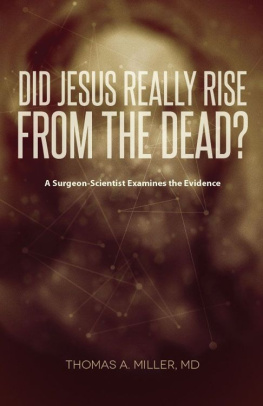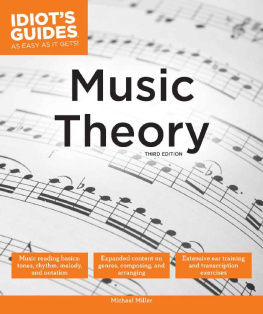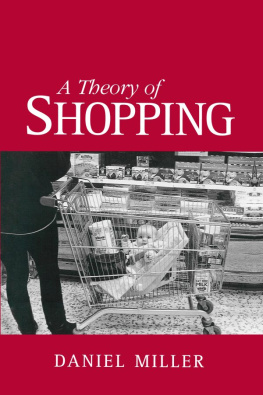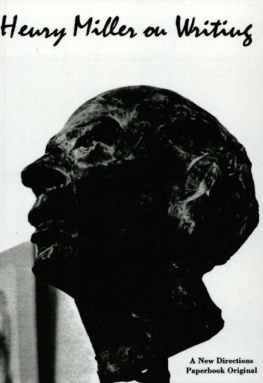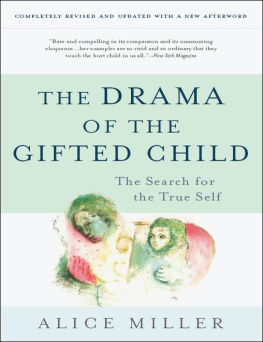


2012 by the University Press of Colorado
Published by Utah State University Press
An imprint of the University Press of Colorado
5589 Arapahoe Avenue, Suite 206C
Boulder, Colorado 80303
The University Press of Colorado is a proud member of
| The Association of American University Presses. |
The University Press of Colorado is a cooperative publishing enterprise supported, in part, by Adams State University, Colorado State University, Fort Lewis College, Metropolitan State University of Denver, Regis University, University of Colorado, University of Northern Colorado, Utah State University, and Western State Colorado University.
All rights reserved
Manufactured in the United States of America
ISBN: 978-0-87421-891-6 (cloth)
ISBN: 978-0-87421-892-3 (e-book)
Library of Congress Cataloging-in-Publication Data
Miller, Montana.
Playing dead : mock trauma and folk drama in staged high school drunk-driving tragedies / Montana Miller.
p. cm. (Ritual, festival, and celebration vol. 2)
Includes bibliographical references and index.
ISBN 978-0-87421-891-6 (cloth) ISBN 978-0-87421-892-3 (e-book)
1. FolklorePerformance. 2. Folk drama. 3. High school studentsPsychology. 4. DeathSocial aspects. I. Title.
GR72.3.M55 2012
398.277dc23
2012035279
For Michael Owen Jones, who taught me to listen
Jack Santino, whose belief in me lent strength and hope
and Kathleen Cushman, who amid the drama
always managed to keep this books heartbeat alive.
Contents
Foreword
Jack Santino, Series Editor
W ITH PLAYING DEAD, MONTANA MILLER HAS PROVIDED A study of a unique phenomenon: the imaginary deaths of high school students, theatricalized with a combination of verisimilitude and fantasy. Teenage death resulting from drunk driving is dramatized in a program called Every 15 Minutes Someone Dies, developed for high schools throughout the United States. In these programs, some students are chosen in advance to play the victims of car fatalities. The deaths are announced to the students as if real; police and emergency workers appear at the school as the unfortunate victim is retrieved from the wreckage, staged near or on school grounds, and even lifted by helicopter in an emergency life flight. Meanwhile, throughout the day, the Grim Reaper himself wanders the halls of the school building, seizing preselected students every fifteen minutes. Once taken by the figure of Death, these students absent themselves for the rest of the day, as they are now symbolically dead.
There is much more involved in these events, of course, as Montana Miller shows throughout her ethnographic exploration of this unusual program. As scholars, we may be perplexed by such hybrid performances. They do not fit easily into any neat category or genre. Miller sees them primarily as a kind of folk drama, intended to edify and teach. Others may see them as a kind of ritual, because they are fictive, scripted, stylized, and employ traditional symbolism. However, the category ritual is not entirely adequate, because the didactic drunk-driving morality plays Miller investigates lack a certain transcendence that marks those sacred ceremonies we widely recognize as rituals.
Playing Dead is a study of precisely the kind of hybrid, porous, symbolic events that I refer to as ritualesque. I see this ritualesque dimension in a number of contemporary public events, from political rallies to protest demonstrations, from historical memorials to public commemorations of death. As in formal, ceremonial ritual, the intention of the participants is to cause a change in the way things areto change ones attitudes, to change ones lifestyle, to change ones opinions. As in ritual, the event is largely symbolic in nature but instrumental in intention. Ritualreal ritualchanges things. In its own terms: a wedding joins two people together, a bar mitzvah transforms a boy into a man, an inauguration makes a citizen a president. Some rituals do not have a guaranteed outcome, such as a healing service or votive supplications for favors. But the intention of the actors in performing these rites is to effect a change, a transformation of some aspect of their lives, their surroundings, their world. Other events share many of these characteristics, but are looser, more open ended, less clearly ceremonial. Public protest demonstrations, for instance, feature the prominent display of symbols such as flags and effigies and often feature dramatic performative enactments, music, special costume, and so forth. These are also the motifs of festival, but unlike festival per se, such events have a purpose beyond their immediate enactment: they are intended to change some aspect of the world permanently. They are meant to have effects beyond themselves, in the everyday life of things. One might not see Every 15 Minutes as a fully developed ritualmost likely its participants would notbut it is a symbolic dramatic enactment intended to cause young people to think twice and drive responsibly, to change their behavior.
I believe the study of ritual, festival, and celebration is expanded by the study of these kinds of events and by a consideration of the ritualesque. Mikhail Bakhtin has famously given us the concept of the carnivalesque, which addresses the inversive, often grotesque ludic elements of festivals such as the medieval Feast of Fools. We can see that the carnivalesque and the ritualesque often coexist; indeed, the attempt to change society is very often accomplished through the performance of carnivalesque extremes and exaggerations.
Playing Dead is an important volume in this series, one that indicates the range of subjects and the theoretical contributions we hope to present in future volumes.


Every 15 Minutes Someone Dies
A S THE FIRST CLASS PERIOD BEGINS AT A local high school, tragic eventsprepared through months of careful planningbegin to unfold. Over the next hours the Grim Reaper, cloaked in black and carrying a scythe, will roam the hallways, pulling students from classrooms at fifteen-minute intervals to represent one person killed every fifteen minutes by a drunk-driving accident. Each victims eulogy will be read aloud by a police deputy, as classmates listen in stunned silence. Later, the twenty Living Dead will return to their classes, bearing white face paint and coroners tags, and they will remain silent for the rest of the day. Their obituaries are posted in the school foyer, their gravestones are erected in the courtyard, and their parents receive realistic death notifications at homes and workplaces. In the midst of it all, local emergency services personnel will simulate a fatal car accident in the school parking lot; students play the roles of drunk drivers and casualties, bleeding with gory makeup. A 911 call is broadcast over the public address system, and sirens wail as fire trucks, ambulances, and hearses respond to the scene.


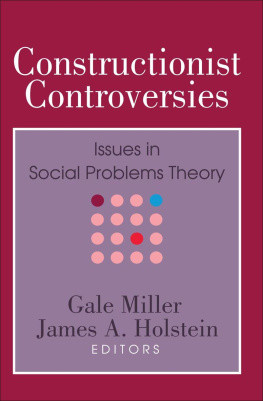
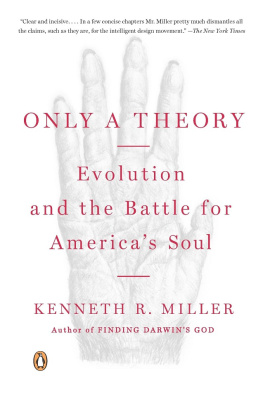
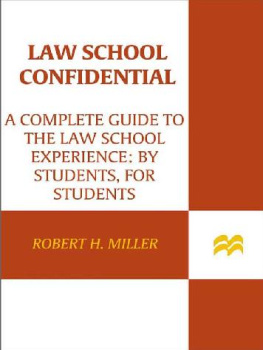
![Thomas W. Miller [Thomas W. Miller] - Web and Network Data Science: Modeling Techniques in Predictive Analytics](/uploads/posts/book/119619/thumbs/thomas-w-miller-thomas-w-miller-web-and.jpg)
